Near-infrared sensors and displays developed based on the maximized efficiency of optical wavelength conversion.


Near-infrared sensors and displays developed based on the maximized efficiency of optical wavelength conversion.
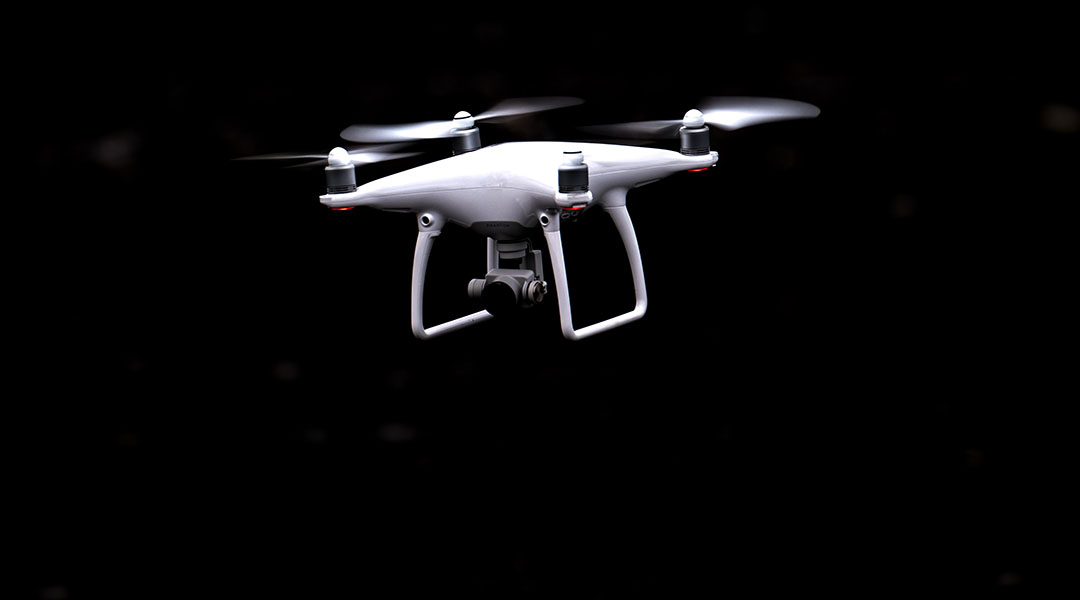
UCF researchers develop a device that mimics brain cells used for human vision. The invention may help to one day make robots that can think like humans.

Fluorescent carbon dots could change the way in which we visualize cells.
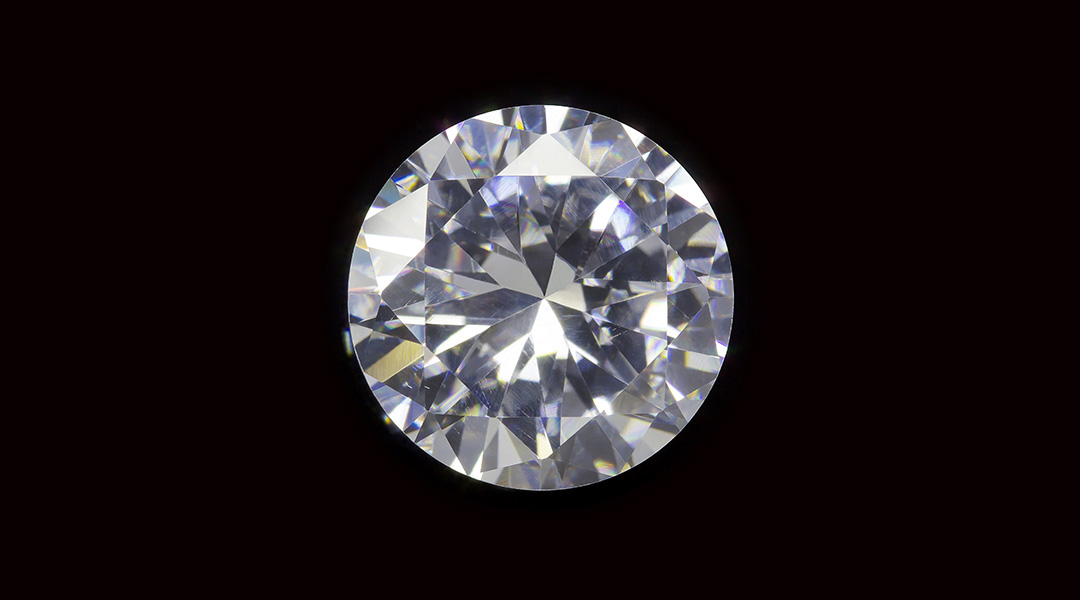
A team of Australian scientists has discovered diamond can be bent and deformed, creating possibilities for the design and engineering of new nanoscale devices.
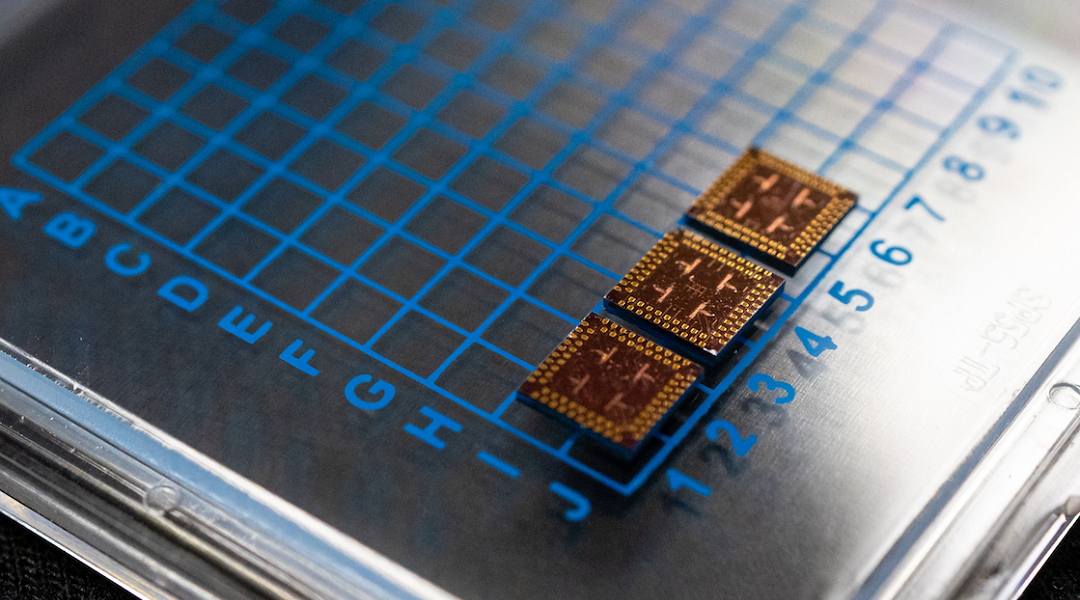
Scientists developed cryogenic memory cells that could be orders of magnitude faster than existing memories while consuming very little power.

German physicists converted electrical signals into photons and radiated them in specific directions using a nanometer-scale antenna.

Nano-silicon is an attractive tool in the field of environmental remediation, specifically when it comes to cleaning up oil spills from underwater drilling and hydraulic fracking.
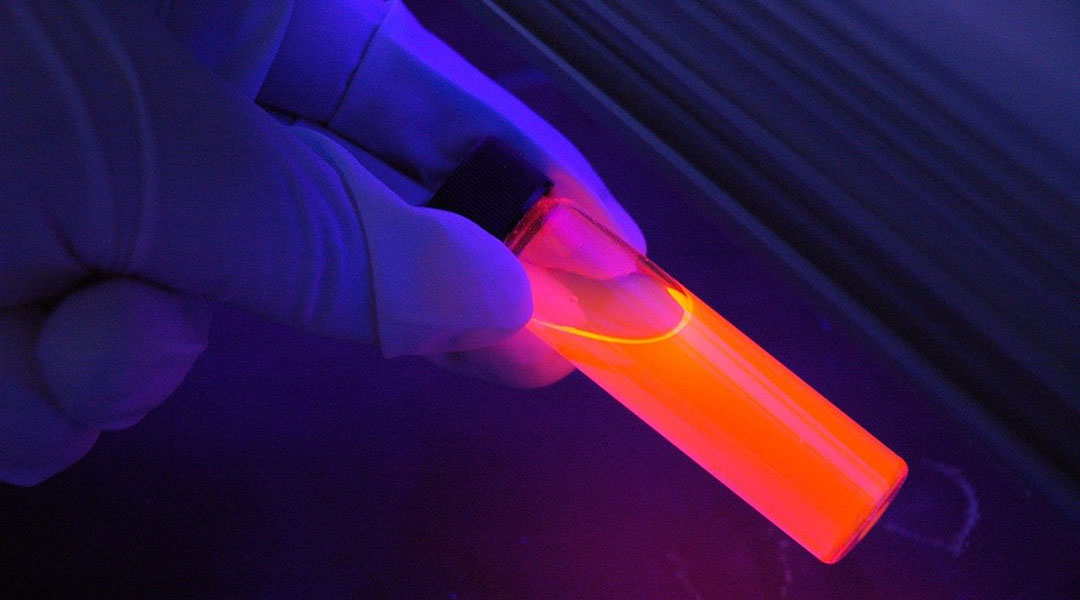
Recent progress in density functional theory provide new insights for chemical concepts like electrophilicity, nucleophilicity, regioselectivity, stereoselectivity, and more.
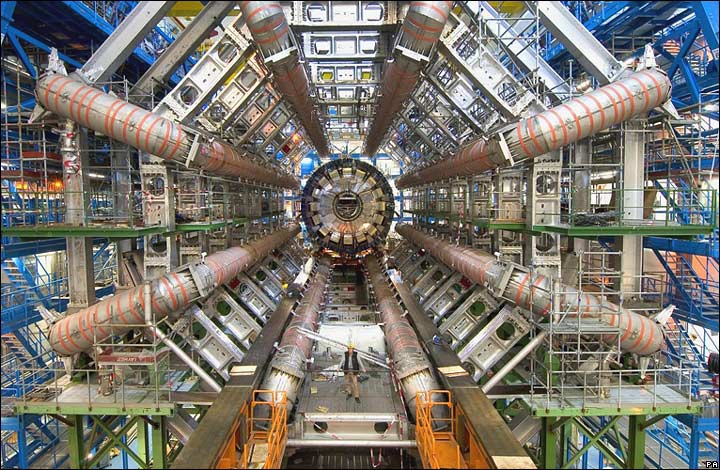
How did the results at CERN get so badly misrepresented?
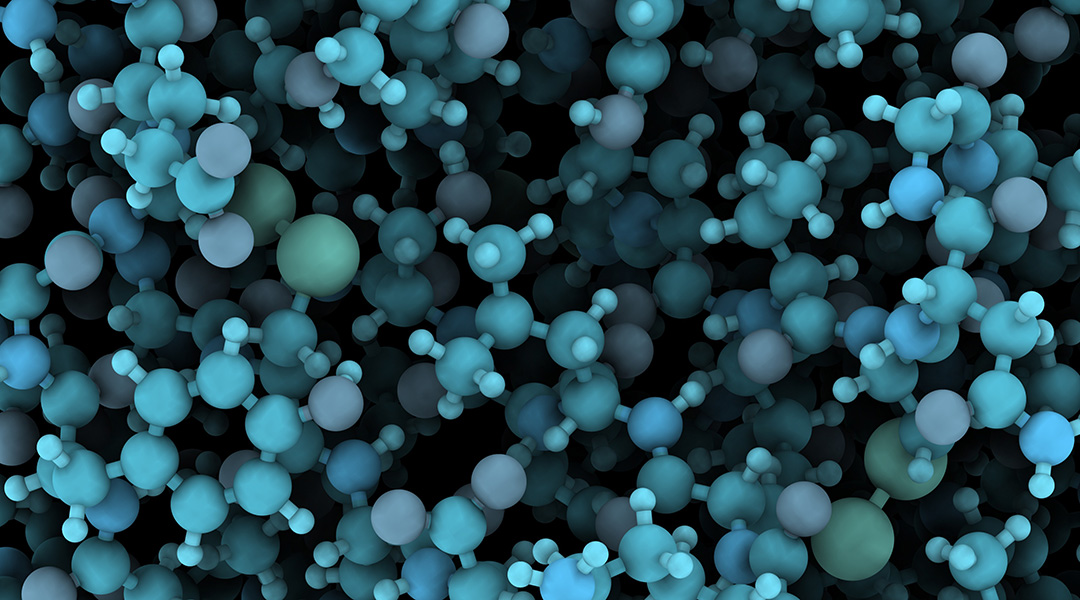
Protein-protected metal nanoclusters have excellent biocompatibility and have received considerable attention as a luminescent probe in a number of fields such as biosensing, bioimaging, and imaging-guided therapy.